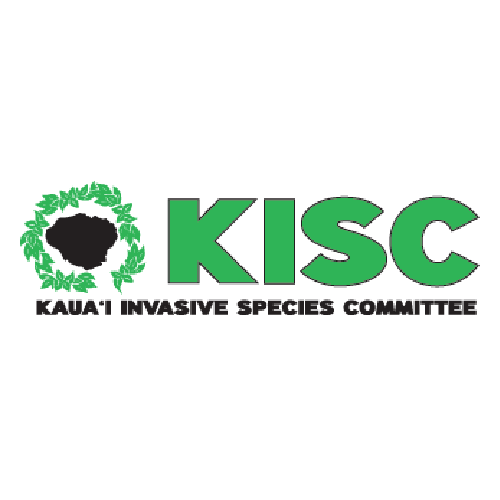Family: Euphorbiaceae
Euphorbia myrsinites, (blue spurge, myrtle spurge) is a succulent native to Eurasia. This plant is highly sought after as an ornamental species due to its unique silver-gray foliage and is frequently used in garden borders, contemporary mass plantings, and as a potted ornamental, particularly in drought-tolerant gardens in regions like California. Euphorbia myrsinites has demonstrated invasive tendencies in Western North America, leading to its classification as a noxious weed in states such as Colorado, Oregon, and Salt Lake City, Utah. It has been reported as naturalized in New Zealand, but there is no documented evidence of naturalization on any Hawaiian Islands to date. Importantly, the plant’s milky sap can cause significant irritation to the skin and eyes in humans and may even lead to blindness upon eye contact. Ingesting any part of the plant can result in symptoms like nausea, vomiting, and diarrhea. Therefore, it is advisable to use protective gear, including goggles and gloves, when handling or removing these plants, and special care should be taken to protect pets and children who may be more susceptible to its toxic effects.
High Risk Traits:
- Grows in temperate and Mediterranean climates
- Naturalized in North America, and elsewhere, but no evidence in the Hawaiian Island to date
- A garden weed due to its ability to spread, and its toxic sap making removal hazardous
- A potential pasture weed that may reduce forage due to toxic properties
- An environmental weed in North America that competes with native and desirable vegetation
- Other Euphorbia species are invasive weeds
- Unpalatable to browsing and grazing animals (due to toxic sap)
- Sap toxic to humans and animals
- Tolerates many soil types
- Reproduces by seeds and vegetatively by root fragments
- Reaches maturity in two growing seasons (biennial)
- Seeds dispersed by explosive dehiscence, by mowing equipment, by water, possibly by birds, by ants, and through intentional cultivation
- Seeds may form a persistent seed bank (up to 8 years)
- Tolerates cutting and mowing (resprouts from roots)
Low Risk Traits:
- May only be invasive at cooler, higher elevations in tropical island ecosystems
- Unarmed (no spines, thorns, or burrs)
- Grows best in high light environments (dense shade may inhibit spread)
- Herbicides may provide effective control




